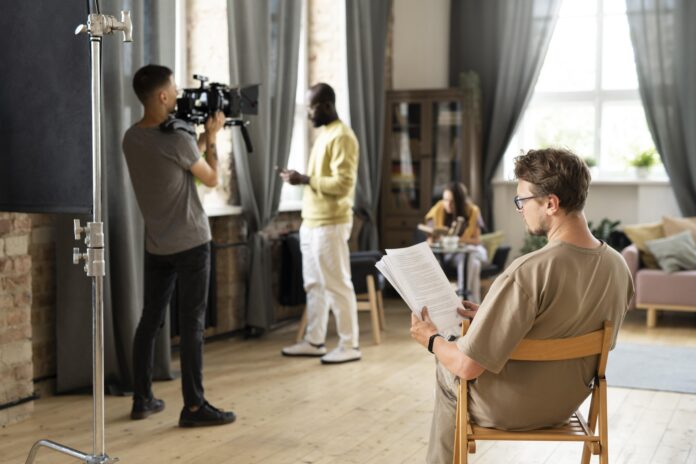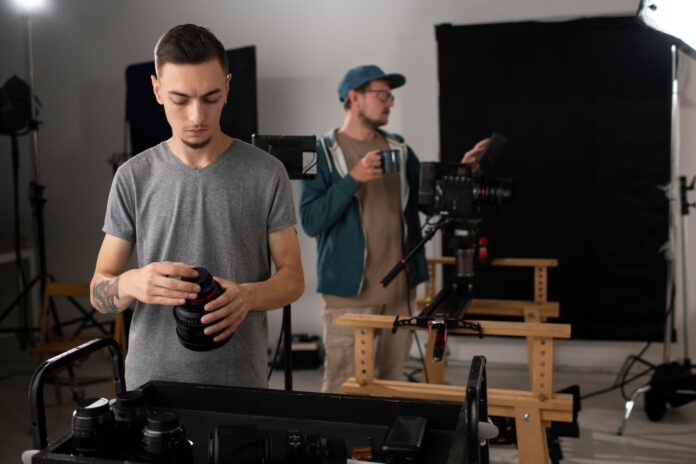In the current age of digital media, where user-generated content is king, our homes have transformed into more than just living spaces. They’ve become potential filming locations for aspiring content creators, film enthusiasts, and professionals alike. You may find yourself surprised at the quality of the videos being made in the same places where we eat, sleep, and relax. One thing that gives home-created content its charm is the authenticity and personal touch it brings, which often resonates with the viewers. This article aims to guide you on how to make your home a perfect filming location, whether you’re based in one of the frequently used UK film locations or elsewhere.
Assessing Your Home’s Potential
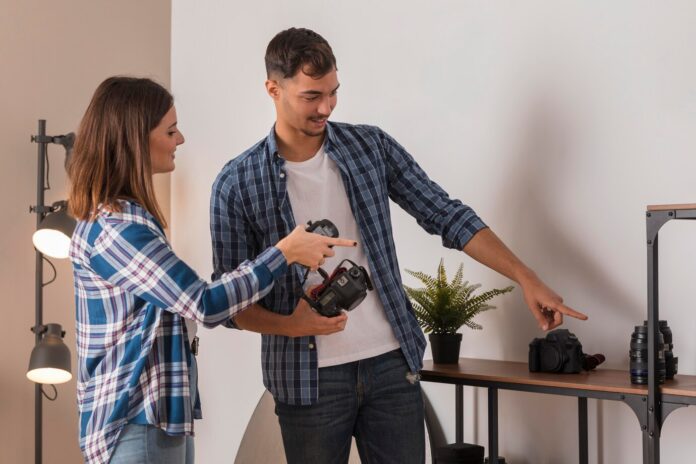
The first step towards transforming your home into a filming location is recognizing its potential. Start by identifying suitable spaces for filming. Look for areas with ample space for setting up equipment, sufficient natural light, and a backdrop that aligns with your content’s theme. It’s vital to assess your home’s lighting conditions in different areas at various times of the day, as lighting plays a crucial role in the video quality. Likewise, listen for background noise that could interfere with your audio quality, considering peak times for noise pollution, such as rush hours or school letting out.
Decluttering and Organizing
Decluttering and organizing your space is a prerequisite for creating a film-worthy setting. A clean and clutter-free environment doesn’t just look better on camera—it also facilitates smoother operations during shooting. Start by removing unnecessary objects from your shooting area, organizing and rearranging furniture to maximize space, and using clever storage solutions to hide non-essential items from the camera’s view. The goal is to create an organized, aesthetically pleasing environment that caters to the lens, not to the human eye.
Setting the Scene: Choosing the Right Background
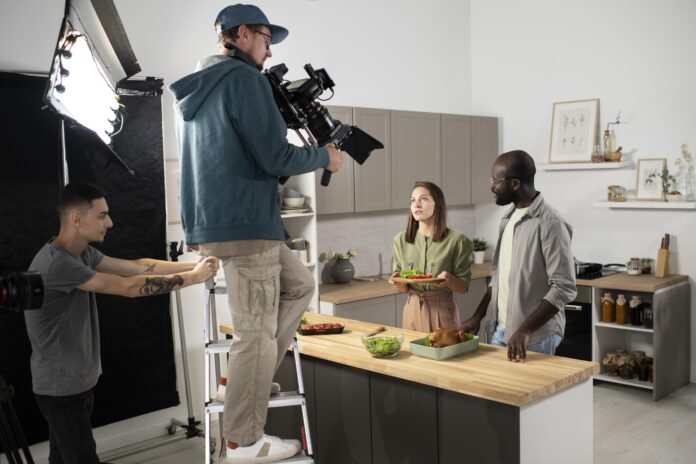
Choosing a background that complements your content’s theme is crucial. If you are shooting a vlog about your daily life, a casual setting such as your living room or kitchen could work perfectly. For more professional content, you may want to consider creating a dedicated corner with a bookshelf, a desk, and some tasteful wall art. If you’re inspired by the grandeur of film location hire, such as historical homes or classic architecture, you can incorporate elements of these styles into your setting. Your background should not only reflect your brand but also enhance your content visually.
Lighting Techniques for Filming at Home
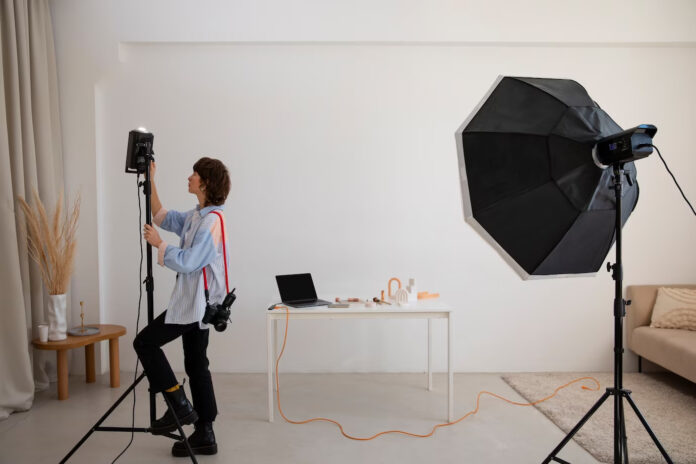
Lighting can make or break a video’s quality. Natural light is the easiest and cheapest source, but it can be unpredictable and hard to control. Utilize windows and doors to your advantage, but be ready to supplement with artificial light sources when needed. Invest in a basic lighting kit with softboxes or ring lights that can be adjusted to your preferred intensity and color temperature. Additionally, learn techniques for diffusing or reflecting light to avoid harsh shadows or overexposed areas.
Soundproofing and Noise Reduction
No matter how visually stunning your video is, poor sound quality can ruin the viewer’s experience. Addressing background noise challenges is a critical aspect of preparing your home for filming. Consider simple DIY soundproofing methods, such as using heavy curtains, carpets, or soundproofing panels to absorb noise. Furthermore, use high-quality microphones that can reduce ambient noise, and if necessary, consider post-production audio cleaning.
Camera and Equipment Setup
Choosing the right camera and lenses can significantly influence the quality of your content. While DSLRs and mirrorless cameras are popular choices for high-quality video production, smartphones can also produce impressive results when used correctly. Accompany your camera with a reliable tripod or stabilizer for steady shots, and consider various microphone options for optimal audio capture.
Framing and Composition
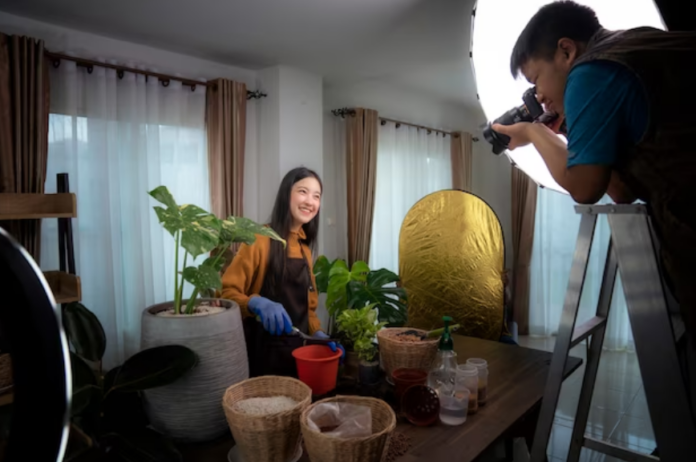
Mastering framing and composition techniques is an invaluable skill for effectively conveying your story. Understand the rule of thirds—dividing your frame into nine equal sections—to create a balanced and interesting visual narrative. Implement the concept of leading lines, using architectural or natural lines to guide the viewer’s eye to a specific point of interest. Additionally, strive for balanced symmetry, mirroring elements on either side of your frame to achieve a sense of harmony and cohesion. Feel free to experiment with various camera angles—low, high, over-the-shoulder—to add depth, interest, and perspective to your content.
Creating a Versatile Shooting Space
A versatile shooting space can comfortably accommodate various content types and genres, making your home studio a swiss army knife of creativity. Whether you’re creating a cooking vlog in your kitchen, a fitness tutorial in your living room, or an educational lecture in your study, your space should be adaptable to suit different video themes seamlessly. Pay attention to the backgrounds, props, and lighting conditions that work best for each type of content. One practical way to achieve this versatility is by using green screens, which allow for a virtually endless variety of background possibilities in post-production.
Home Studio Essentials: Backdrops and Lighting Kits
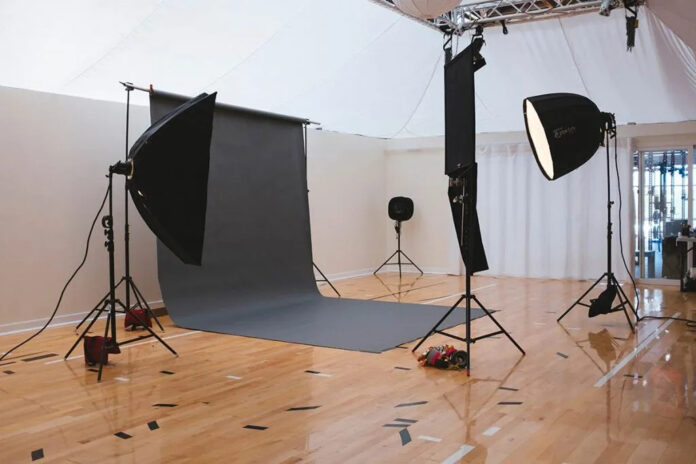
Investing in a collection of different backdrops can greatly enhance the versatility and professionalism of your home studio. From simple colored paper for a clean, minimalistic look to themed vinyl backdrops that transport your audience into a different world, the possibilities are only limited by your imagination. Similarly, lighting kits are a fundamental asset for a home studio.
Safety and Convenience: Cables and Power Management
Finally, as you upgrade and add more equipment, it’s crucial to organize cables for a clutter-free, safer setup and ensure safe power distribution to protect your valuable gear. Use smart cable management solutions like cable clips, ties, and trunking to keep your space tidy, efficient, and tripping-hazard-free. Also, incorporate a disciplined power management strategy. Remember to use surge protectors to safeguard your equipment from potentially damaging power surges, and ensure your power outlets aren’t overloaded.
Conclusion
Creating a versatile, well-lit, and aesthetically pleasing filming location at home can be a fun and fulfilling project. It’s about making the most out of your everyday spaces and turning them into a platform to share your creativity with the world. Whether you’re inspired by the grandeur of UK film locations or the charm of the filming locations London has to offer, your home can become the perfect setting for your content with a bit of effort and creativity. So, grab your camera, rearrange your furniture, and start shooting!
